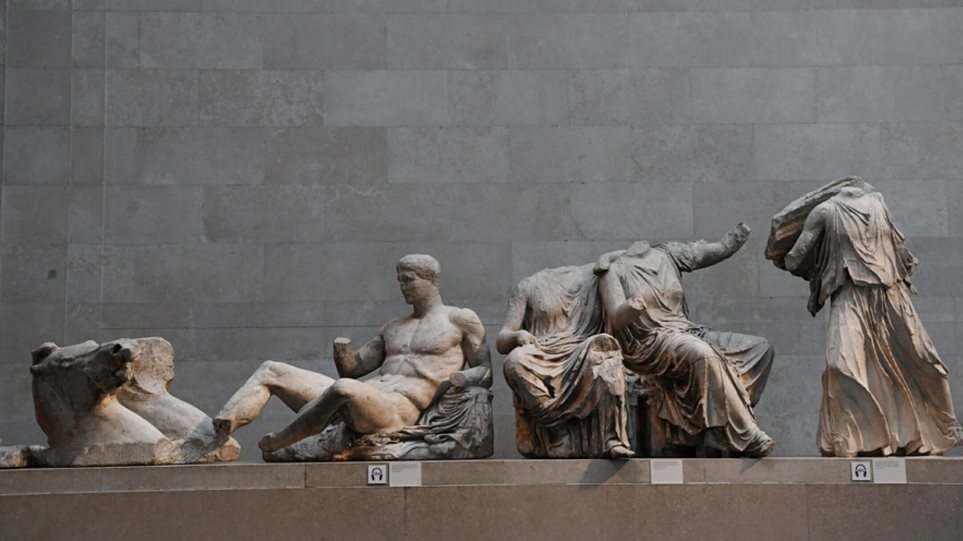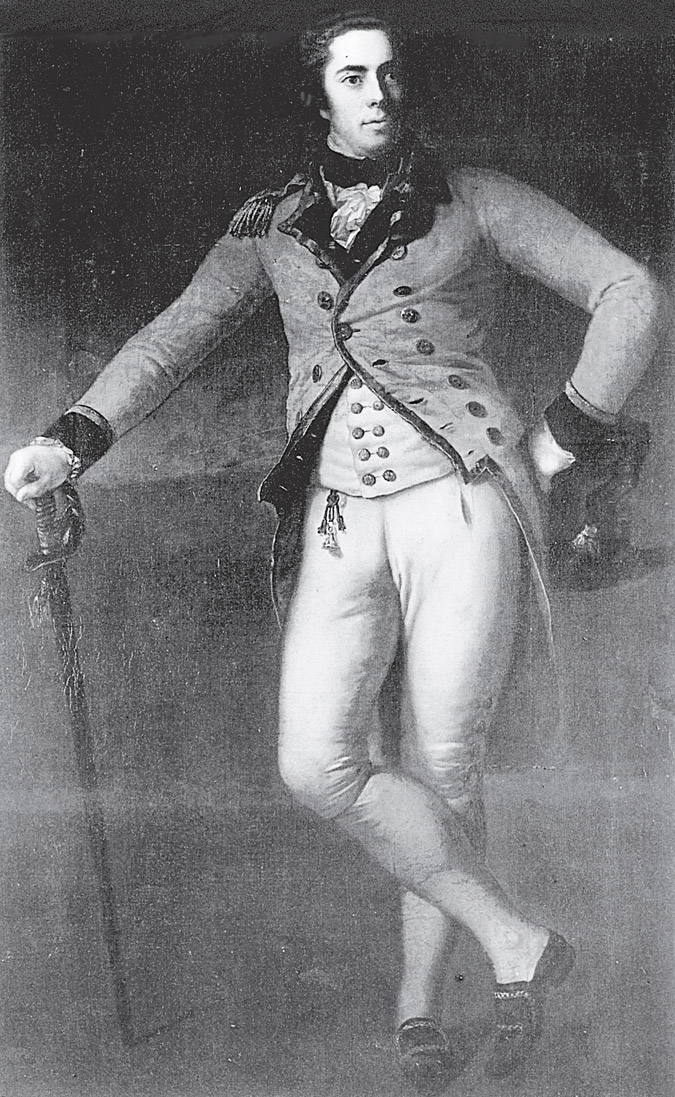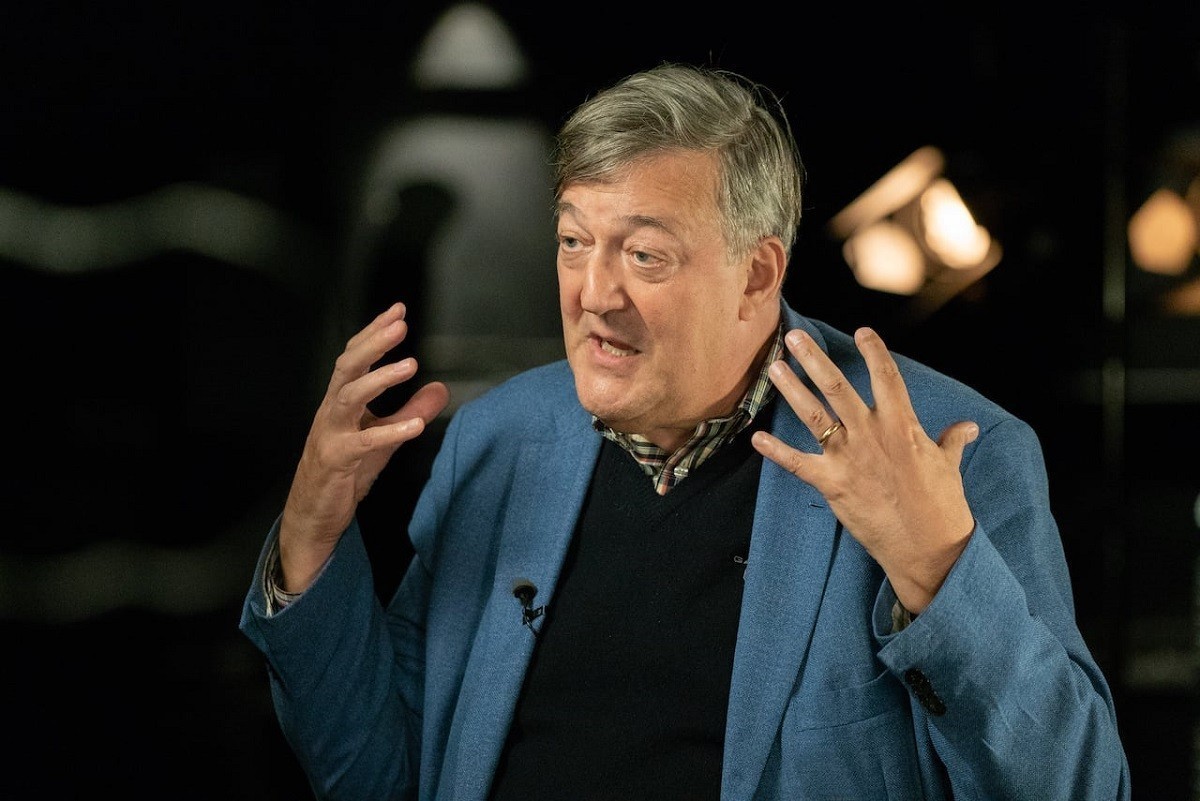What might Mitsotakis, Dendias, Gerapetritis’ negotiations hide with the man who may hold in his hands the keys to the reunification of the Parthenon Sculptures
The Greek embassy in central London’s prestigious Mayfair is housed in a building steeped in history. It was built in 1731, when George II, the last “foreign” monarch, was on the throne of the United Kingdom, and Robert Walpole, Britain’s first de facto prime minister, was at the helm of the country. The building, which hosted prominent judges and parliamentarians for many years, was reconstructed in 1905. Fifteen years later, it housed – until 1975 – the Embassy of Greece, while it is still, to this day, the official residence of the respective ambassador. Some of the receptions listed there left an era. The cream of British society often congregates in the first-floor drawing room: intellectuals, academics, writers, artists, politicians, entrepreneurs and members of the diaspora. Sometimes, however, the residence is also used as a place for private meetings and negotiations.
“THE NEWS” reveals that, over the last year, London’s “Greek House” has been welcoming an unusual visitor who may hold the keys to reuniting the Parthenon Sculptures: George Osborne. The visits were – until today – kept out of the public eye. The president of the British Museum first crossed the threshold of the ambassador’s residence, at number 51 Upper Brook Street, in November 2021. He crossed it again last October, always under conditions of utmost secrecy. Last year, he met Kyriakos Mitsotakis there. This year, Nikos Dendias. This week, the powerful man of the London museum was about to cross for the third time the corridor on the ground floor of the residence that passes in front of the office of George Seferis, who was ambassador to Greece from 1957 to 1962. However, plans changed at the last minute and so the former British Chancellor of the Exchequer headed a mile and a half further to the south side of Hyde Park. His destination was the luxurious hotel The Berkeley in the fashionable district of Knightsbridge. There he secretly met the Greek Prime Minister again, a year after their first live date in the humid British capital. In the intervening period, in addition to the tete-a-tete with the foreign minister, Osborne also held secret talks with the minister of state Giorgos Gerapetritis. The object of this barrage of contacts was none other than the return of the Sculptors to Greece. plans changed at the last minute and so the former British Chancellor of the Exchequer went a mile and a half further, on the south side of Hyde Park. His destination was the luxurious hotel The Berkeley in the fashionable district of Knightsbridge. There he secretly met the Greek Prime Minister again, a year after their first live date in the humid British capital. In the intervening period, in addition to the tete-a-tete with the foreign minister, Osborne also held secret talks with the minister of state Giorgos Gerapetritis. The object of this barrage of contacts was none other than the return of the Sculptors to Greece. plans changed at the last minute and so the former British Chancellor of the Exchequer went a mile and a half further, on the south side of Hyde Park. His destination was the luxurious hotel The Berkeley in the fashionable district of Knightsbridge. There he secretly met the Greek Prime Minister again, a year after their first live date in the humid British capital. In the intervening period, in addition to the tete-a-tete with the foreign minister, Osborne also held secret talks with the minister of state Giorgos Gerapetritis. The object of this barrage of contacts was none other than the return of the Sculptors to Greece. His destination was the luxurious hotel The Berkeley in the fashionable district of Knightsbridge. There he secretly met the Greek Prime Minister again, a year after their first live date in the humid British capital. In the intervening period, in addition to the tete-a-tete with the foreign minister, Osborne also held secret talks with the minister of state Giorgos Gerapetritis. The object of this barrage of contacts was none other than the return of the Sculptors to Greece. His destination was the luxurious hotel The Berkeley in the fashionable district of Knightsbridge. There he secretly met the Greek Prime Minister again, a year after their first live date in the humid British capital. In the intervening period, in addition to the tete-a-tete with the foreign minister, Osborne also held secret talks with the minister of state Giorgos Gerapetritis. The object of this barrage of contacts was none other than the return of the Sculptors to Greece. Osborne also held secret talks with the Minister of State Giorgos Gerapetritis. The object of this barrage of contacts was none other than the return of the Sculptors to Greece. Osborne also held secret talks with the Minister of State Giorgos Gerapetritis. The object of this barrage of contacts was none other than the return of the Sculptors to Greece.
Eva Kaili: Deposits, real estate and shares and a recent… real estate company with her husband
As “TA NEA” informs, for thirteen months now London has turned into a theater of operations of the (political and diplomatic) “war” which was declared forty years ago by Melina Merkouri with a dispute over the masterpieces created by Phidias and seized by the lord Elgin from the Parthenon in the early 19th century. The chairman of the Board of Trustees of the British Museum (ie the governing body of the institution) is a central figure in this theatre. But not as a warrior fighting against the Greeks, but as their interlocutor, with the ultimate goal of finding a mutually beneficial solution to a problem pending since 1816, when the British state bought – at a bargain price – the ancient Greek artefacts from Elgin.

According to well-informed sources, 51-year-old Osborne’s secret negotiations with the Greek Prime Minister and the two top ministers in his government are at an advanced stage. However, nothing has yet been finalized and a last-minute wreck cannot be ruled out – as happens in any delicate negotiation. For the first time, however, there is a faint light at the end of the tunnel (and it probably doesn’t come from the… train). “The devil is hidden in the details”, he commented, speaking to “NEA”, a Greek source. “We have agreed on 90% of the pending issues, but a critical 10% remains. It’s hard to catch up, but not impossible. Significant progress has been made. In the coming months it will be seen if this is enough to reach an agreement”.
Ongoing
The marathon of secret diplomacy aimed at definitively ending the division of the Parthenon’s sculptural decoration is in full swing. The behind-the-scenes processes intensified in the middle of last November, when Mitsotakis visited London to see Boris Johnson. And while his British counterpart limited himself – according to his favorite tactics – to jokes and publicly cut off any discussion about the Marbles, behind the lights the Greek Prime Minister had arranged to meet, at the embassy residence, the former tsar of the British economy, who he had just taken up his duties at the British Museum. The first appointment was exploratory. “The meeting went very well,” a source with knowledge of the parties told us. This was followed by contacts between Gerapetritis and Osborne in London in 2021 and 2022 – up close and at a distance. The last meeting, before the Prime Minister’s arrival, took place on October 13 at the embassy residence: Osborne’s interlocutor was, this time, Dendias. Officially, the Foreign Secretary had only traveled to Old Albion to meet his new British counterpart, James Cleverley. Unofficially, he was writing another chapter in the negotiations with the Museum, which recently seems to be inclined to listen to the subject of the Sculptures. As “TA NEA” revealed on September 15, the British institution is for the first time willing to hold a dialogue without pretexts and explore possible solutions.

The most recent round of top-level negotiations took place five days ago: Monday, November 28, about two hours before Mitsotakis was received by King Charles at Windsor Castle. The meeting, like all the previous ones, was not announced, nor was it made known to the correspondents in London and to the delegates of the Greek media from Athens who were covering the Prime Minister’s trip. Mitsotakis was at the embassy residence, together with the head of the Financial Office of Alexis Patelis, making successive appointments with investors. Originally, the plan was for the tete-a-tete with Osborne to take place there – just like the previous ones. However, to ensure the secrecy of the meeting, it was decided that this odd couple would meet at The Berkeley, away from prying eyes. “The discussion went well. We’ve come a long way. However, pending matters remain. We agree on a lot, but there are also points of disagreement,” said the same source.
The scripts
What kind of deal could emerge? On the table is, according to information, the possibility of starting a “long-term cultural collaboration” between the British Museum and Greece which will on the one hand allow the reunification of the Sculptors at the Acropolis Museum and on the other hand will enable the London institution to organize periodic exhibitions with other ancient Greek treasures that “guarantee” the attraction of a new audience. Speaking on Monday – four hours after the meeting with Osborne – at the London School of Economics, Mitsotakis called the reunification of the Glyptos “possible” and noted that he had seen “progress”, adding that “a mutually beneficial solution can be found (” win-win”) which will take into account the concerns of the British Museum”. Towards reunification he works quietly, but methodically, and the Ministry of Culture, under the guidance of Lina Mendoni. The “win-win” solution is also promoted by the Parthenon Project campaign – behind which is industrialist Yiannis Lefas – which has enlisted leading figures in British public life, such as the former culture minister Ben Bradshaw, the longest-serving deputy minister for culture Ed Vaizey and the famous actor and author Stephen Fry.
In the British Museum are 15 metopes, 17 figures from the two gables of the Parthenon and more than 75 meters of the frieze. The progress that has been made in the discussions is due, in large part, to the fundamental admission that the head of the Museum has (allegedly) made that the Sculptures are fragmented and must be restored to Athens as a single work of art. The act will lend an “aura of moral superiority” to Britain, which will accept the loss of something it claims to “belong to”, recognizing its place next to the top monument of classical antiquity. As a “gift”, Greece intends to lend London rare ancient Greek artefacts.

And what about the “thorn” of ownership? The same sources note that solutions are being considered that would “set aside” the ownership regime and assure that a legal formula has been found to ensure that ownership will not be affected in the text of a possible agreement. If this is verified, it will constitute a significant retreat by the British Museum, which for decades set as an “inviolable” condition the recognition by Greece of the “British ownership” of the Sculptors in order to discuss not the definitive return, but their loan. Already in February, the Museum – with its statement to “TA NEA” – seems to be “discussing” the removal of the condition of ownership recognition.
One of the possibilities under discussion is to reach the desired goal of reunification “gradually”. One solution under consideration is the “Palermo model”: last January, stone VI of the east frieze of the Parthenon (known as the “Fegan fragment”) was given to the Acropolis Museum by the Antonino Salinas Archaeological Museum in the form of the “long-term deposit” (deposito), with the prospect of remaining there indefinitely (sine die). Five months later, thanks to the manipulations of the Ministry of Culture, his final reunion in Athens was announced. A variation of this model could be followed for the return of the “elginias”, as many Brits still call them.
By consent
The British government has not yet entered the “equation” of reunification, as the Greek side seeks to first secure the consent of the Museum. The British Museum Act of 1963 prohibits the institution from lending exhibits from its collection. Therefore, the definitive return of the ancient Greek treasures could only be achieved if British legislation is changed. Surely “only” then? A new law – the ‘Charities Act 2022’ – opened a window for items to be returned to their countries of origin “for ethical reasons”. In October, the government suspended its implementation, but the issue is expected to return in the future. Asked by “TA NEA” what to expect from the Osborne – Mitsotakis appointments for the future of the Sculptures, the representative of the British Museum answered sibylically: “The deepening of public access and knowledge,
A Conservative Member of Parliament commented that “as long as the Sculptures go to Athens, even with a loan or whatever we call it, they are not going to return to London”. Bradshaw also made this “admission” last week – speaking to the “NEWS”, while Osborne, who served as finance minister between 2010 and 2016, is said to have the same opinion. A year later, he became an investment advisor. of BlackRock, while last year he was hired at investment bank Robey Warshaw. “A lifetime of making deals. He is the definition of a dealmaker. This is how he sees Marmaras: as a good deal,” said the same source. Is the time approaching when the “deal of the sculptors” will be closed with a positive outcome for Greece?
How Can You Get Involved?
If you would like to join the efforts to reunite the Parthenon Sculptures in Greece through a cultural partnership and receive emails with campaign updates from Pagefield Communications, please subscribe below.
For press enquiries, please contact Pagefield Communications at parthenonproject@pagefield.co.

